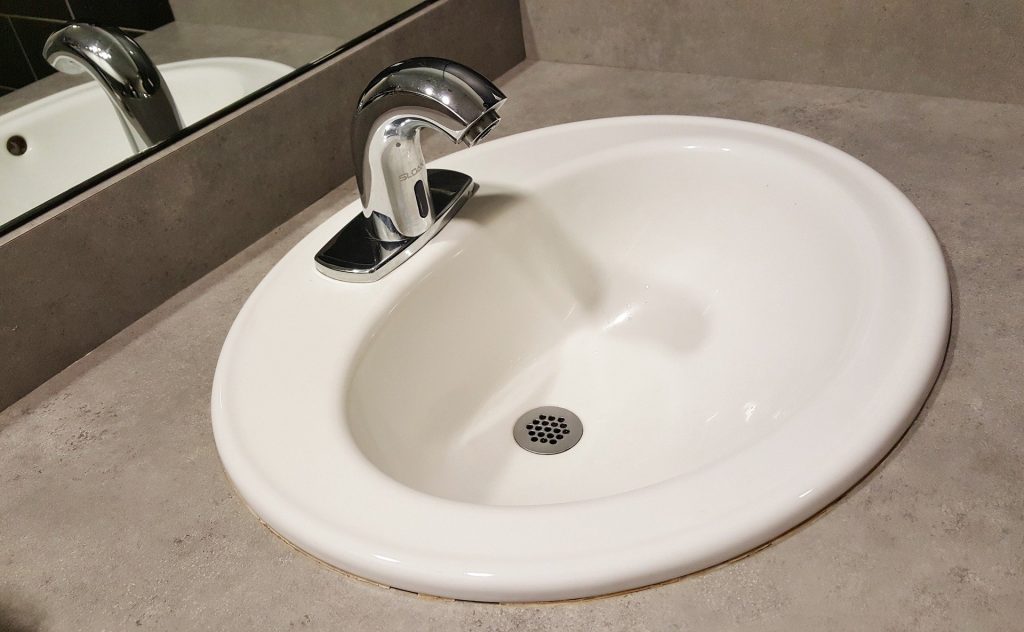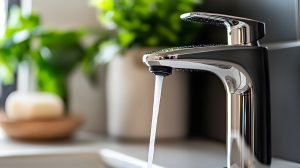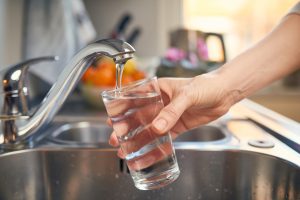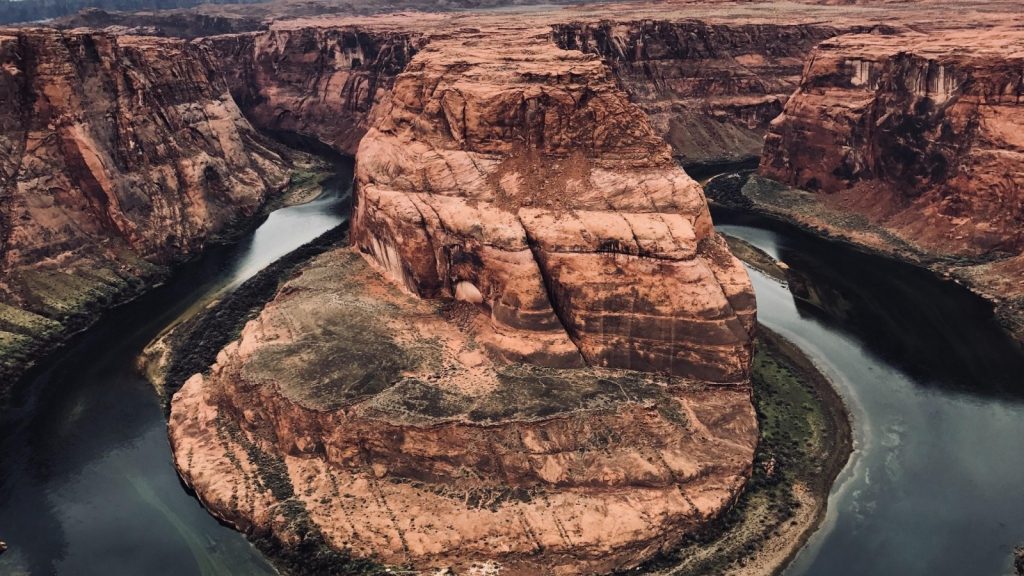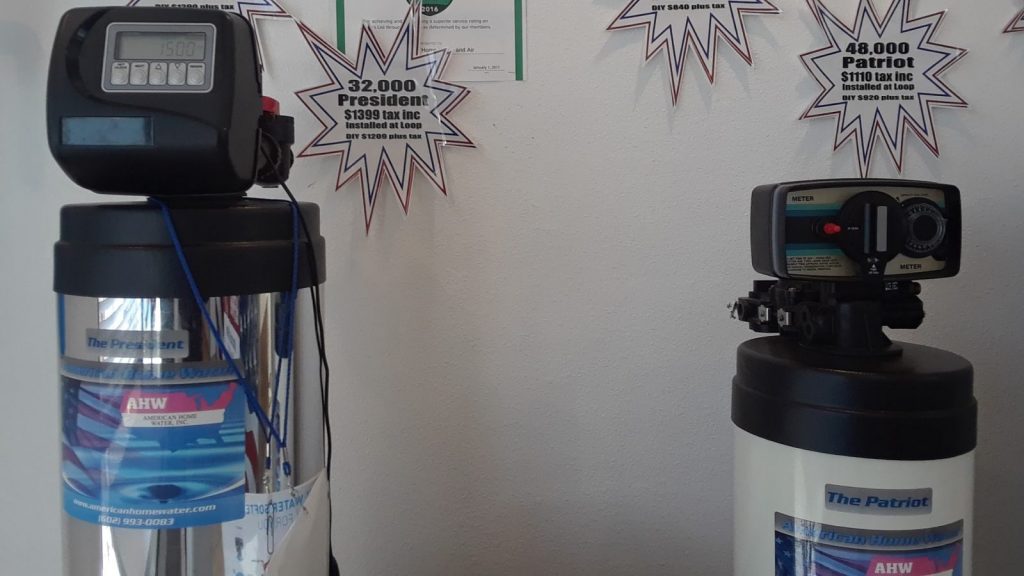Purchasing a water softener is the best option for any household located in an area with a high water hardness level. Once you buy a new water softener, you need to make sure that your house is ready. The main element you should check out is if you have a water softener plumbing loop.
A water softener plumbing loop separates the water for indoor activities from the one that goes to the outdoors of your home. This brings endless benefits since the water you will use for watering your plants or grass won’t be softened. There is no need to worry because hard water will not harm your plants since they can deal with those types of hard minerals.
The best part is that a water softener plumbing loop ensures that all the incoming water goes through your water softener. This loop will also protect all your appliances and faucets from the damaging effects of hard water.
If you don’t have a loop, it is time to consider a water softener loop installation. However, before making this decision, you need to make sure you don’t have one already in your home. That’s why before giving you an installation guide, we are going to tell you all you need to know about a water softener loop.
Where is my water softener loop located?

When you are unsure whether you already have a loop in your house, you can simply go to the garage or the mechanical room to investigate. If you don’t find it there, there is no way it will be hiding in some other corner of your house.
In the garage, you are going to look for what looks like a “U” shaped tube. These loops can be coming out of a wall or sticking out from the floor. If you don’t live in a region where there are hot temperatures all year long, you could find the loop on the outside of your home.
Most of the houses built in the last few years already come with a water softener plumbing loop, which means you won’t have to worry about installing one. If you bought the land and you are building your own house, it is essential to ask the contractors for a water softener loop installation.
If your house doesn’t have a loop, you could still have a water softener, but it is not what we recommend. A loop helps conserve water, which is good for an eco-friendly environment and translates into a longer lifespan for your water softener.
Even though below, you will find a guide on how to install a water softener loop, we advise that you hire a professional for this task. A water softener loop installation involves knowledge on how pipes work, and only an expert will know how to install it without damaging your plumbing system.
Water softener loop installation cost
The cost of a water softener loop will depend on two factors, the size and what other items are involved. Here the size doesn’t necessarily refer to the loop. It is also talking about the job, which means how long it will take and how complicated it will be.
Overall, a water softener loop installation cost can go anywhere from $600 to $2000. There are various factors that determine that price, like does it need to be re-routed? Where is the existing plumb, and how far is it from where you want to install the loop?
If you have any questions, you can always call the top water companies, and certified experts will tell you all you want to know about loop installation as well as help you pick the best water softener for your home.
Water softener loop maintenance
If you think it is not a good idea to install a water softener plumbing loop because it will mean more water softener maintenance, you are wrong. A water loop requires minimal maintenance and, in return, brings endless benefits.
The only thing you need to do once in a while is to check if there are no leaks in your loop that could damage your whole system. When there is a leak, it is better to call the experts and repair it right away.
In some cases, especially if your water loop is installed in the garage where the low winter temperatures could freeze it. It is better to insulate the loop.
What happens if you don’t have a water softener loop?
Many people wonder if not having a water loop will influence the installation of their water softener. Even some ask if not having a loop will be an obstacle to getting the water softener they need.
Luckily, as we mentioned before, you don’t need a loop to install your water softener. However, not having a loop will be a disadvantage when the water company delivers your new water softener.
When you don’t have a plumbing loop, your water softener will have to be attached to your house’s main water supply. This limits your options on where the water softener will be located because, from the place you choose, the professional installing your water softener will have to put plumbing lines connecting it to the main supply.
If you have a single-story home, you have more options than a two-story, but there are other factors that you need to consider, such as walkways and attic access. Because you don’t have a loop, you will have to get a full line. In terms of cost, a full line installation could be between $400 and $900, but this depends on your supply location.
It is going to be cheaper if your water supply goes through your garage wall because it will be easy to install your water softener. However, if it is on the opposite side of your house or in the middle, the full line will require more materials and time.
How to install a water softener loop
Now that we have looked at all the important information you need to know before deciding to install more plumbing like a water softener loop installation cost, the location and maintenance. It is time to explain to you how to install a water softener loop.
Before we get into the process, we want to assure you that even when a full line’s cost seems cheaper than a water loop. In the long run, having a water loop at home will bring you more benefits than a full line.
To install a loop, the first step is finding the end of your water distribution. If you live in a larger home, this might be difficult, so don’t hesitate to ask for help. In concrete houses, the water line is usually located in the ceiling or the attic since it is a broad space where you can make modifications if needed.
The other option is that it will be in the crawl space of your home.
Once you find the end of your water line, you will need to install a pipe that goes back to the water heater, which is usually located where you will install the water softener. Remember that the ideal place to install a water softener will have a loop, a drain to protect your home from leaks, and a power outlet for your device.


